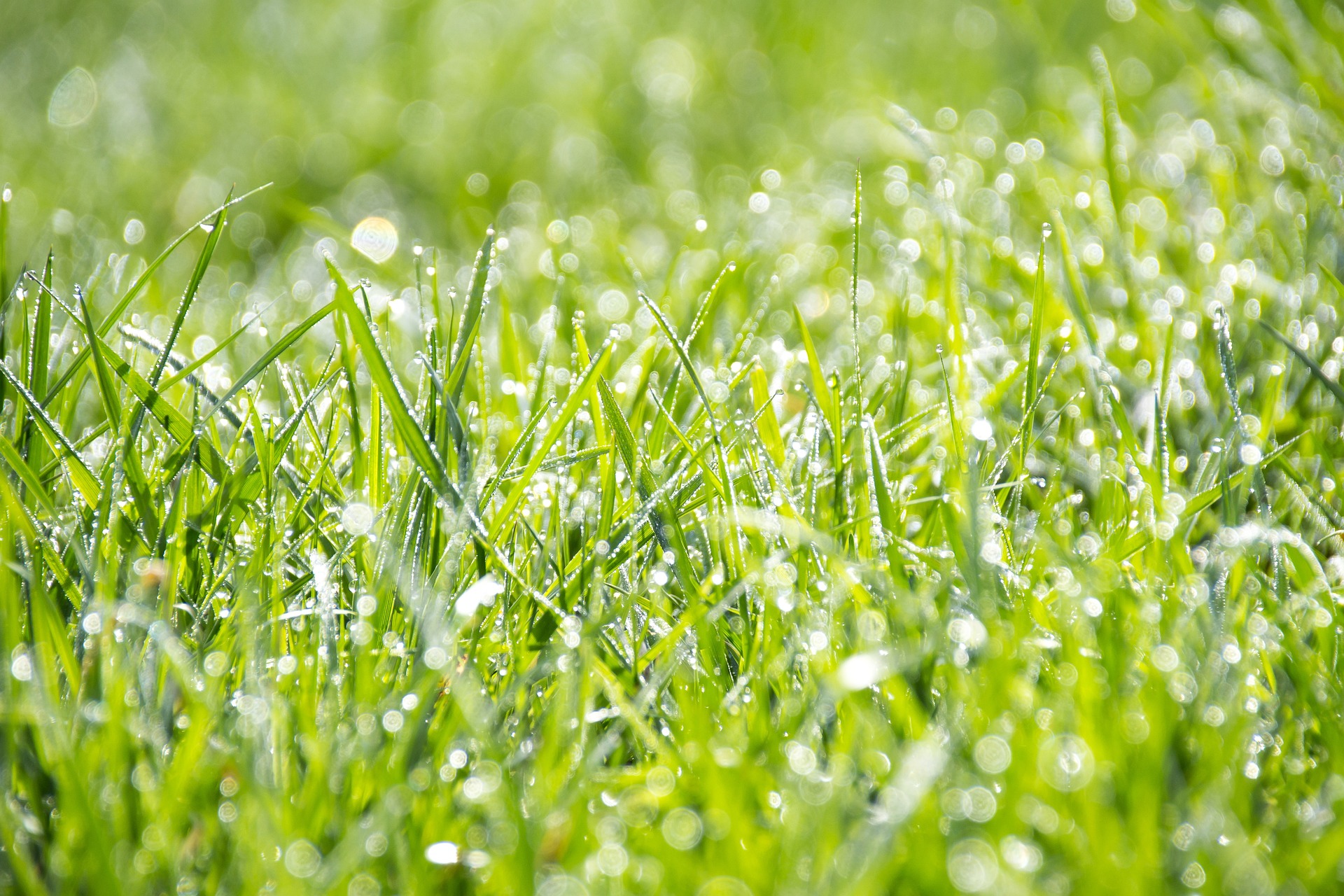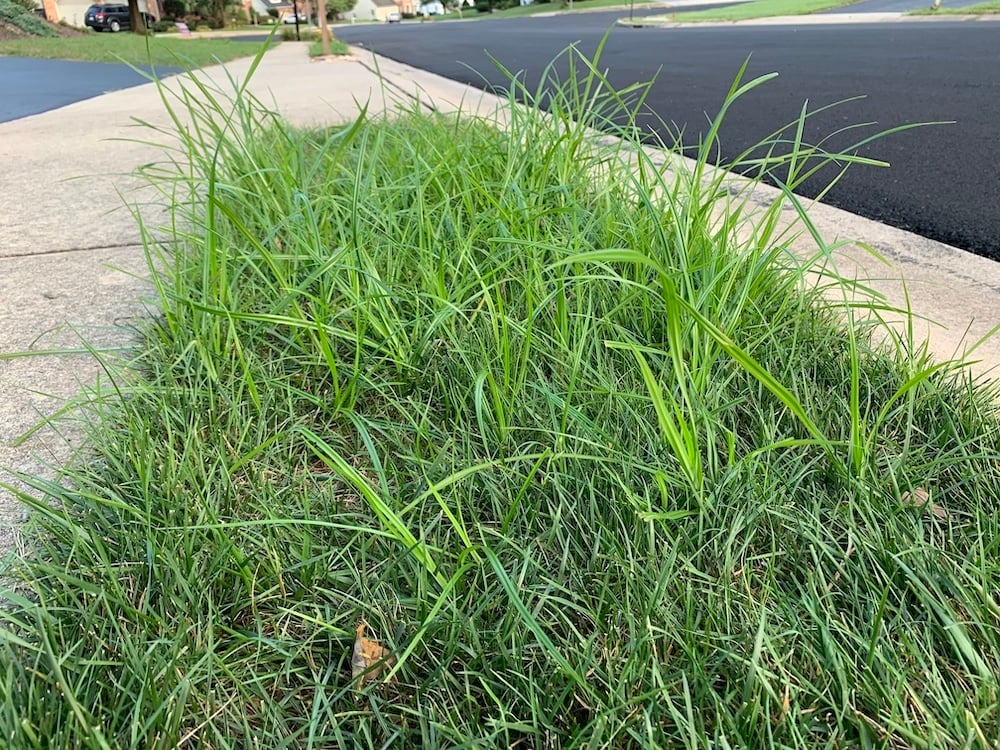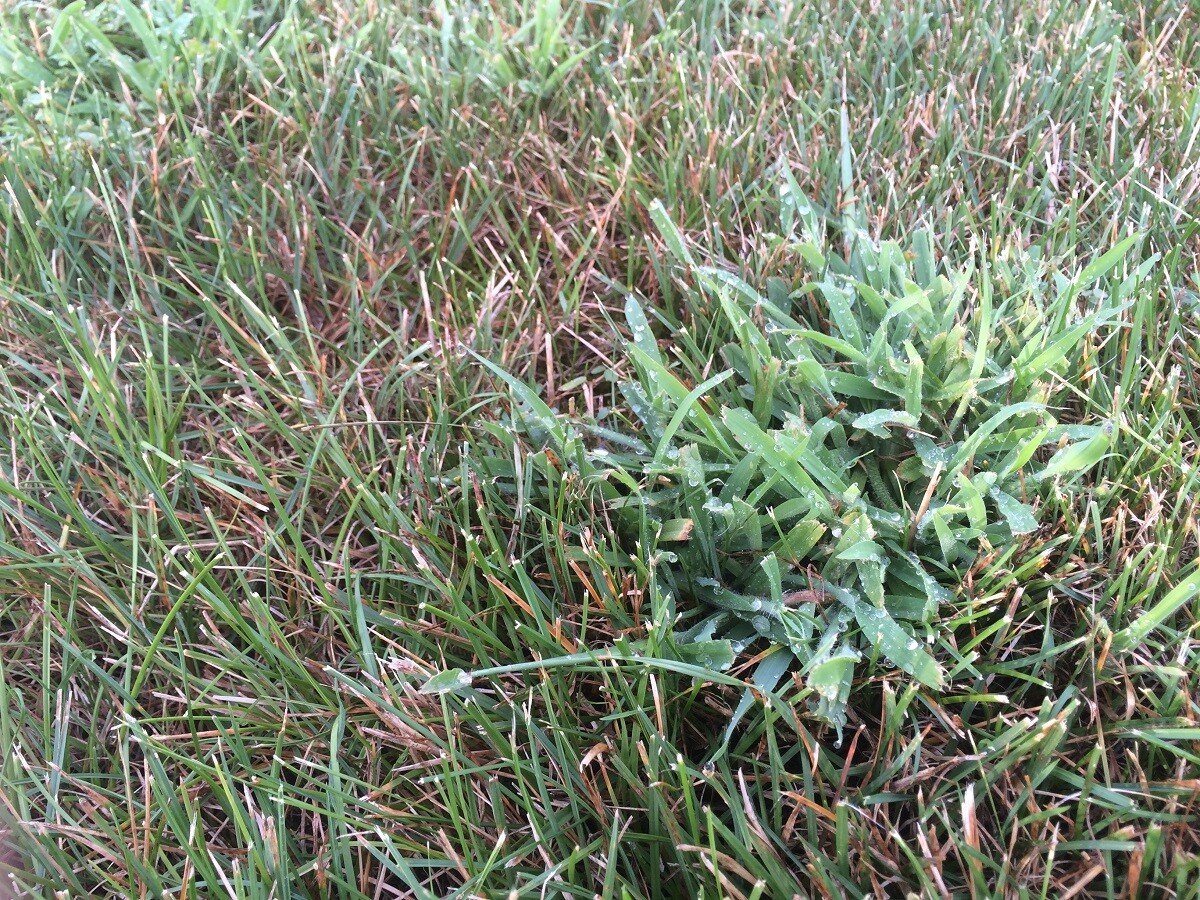
How To Tell the Difference Between Nutsedge and Crabgrass in My Lawn
All you want is a nice, green lawn. It’s really not too much to ask for when it comes to your Northeast Ohio home.
But weeds can get in the way.
They are leggy and tall, standing out from your regular grass – and not in a good way. They seem determined to ruin the look of your healthy, well-kept lawn, detracting from its curb appeal-boosting properties and making you want to hide in embarrassment from the neighbors.
In Northeast Ohio lawns, two weeds that can cause some problems are nutsedge and crabgrass.
Because knowing the weed you’re fighting is important to proper weed control, let’s talk about nutsedge vs. crabgrass so you can better identify and get a handle on your lawn weed problem and enjoy your yard again.
Let’s Start With The Major Differences Between Nutsedge Vs. Crabgrass
We know weeds can be especially annoying when they show up in your Northeast Ohio lawn. You just want them to go away; we all do.
And even though you don’t want to get to know these weeds any better, understanding them and their differences can really make a big difference in you eliminating them. Each one has unique attributes that give you insight into how to stop them in their tracks.
When you look at nutsedge vs. crabgrass, there are some key differences that can help you distinguish between the two. Here, we’ll point out some of their key distinctions so you can tell them apart.
/technician%20looking%20at%20lawn%20with%20customer.jpg?width=5168&height=2912&name=technician%20looking%20at%20lawn%20with%20customer.jpg)
A Closer Look at Nutsedge
As a grass-like weed, nutsedge is known to grow faster than your regular grass, meaning it’ll usually stand taller than your lawn. You’ll notice this a couple of days after mowing for sure, as nutsedge rises up.
As a perennial weed with a massive reproduction system, nutsedge will come back year after year if you don’t get a handle on it. Like other weeds, they are persistent and aggressive by nature, stealing water and nutrients from your lawn at any chance they can get.
Managing nutsedge, therefore, involves a multi-pronged approach, including proper identification, lawn care, and control strategies.

What Does Nutsedge Look Like In Your Lawn?
Yellow nutsedge commonly invades Northeast Ohio lawns.
This perennial grass-like sedge is lighter green or yellow in color and grows faster than other grasses, often protruding above the desirable grass.
Yellow nutsedge can grow up to 3 feet tall. Leaves are often longer than the stems of yellow nutsedge.
What Makes Nutsedge A Tough Weed to Control?
Nutsedge grows from numerous underground tubers, so trying to pull it is usually only a temporary solution as a nutsedge and crabgrass killer. Why? Because when you pull a nutsedge weed, you never remove every part of the plant. The nodules, which are each smaller than a pea, can easily snap off when you try to pull the roots, staying in the ground to regrow a new weed later.
Once established, nutsedge can survive in most soil conditions. It doesn’t mind soil that’s hard or damp, so it will take over if left unchecked. It’s definitely one of the hardier weeds out there.
/technician%20bare%20spots%20lawn%20looking%20close.jpg?width=5168&height=2912&name=technician%20bare%20spots%20lawn%20looking%20close.jpg)
A Closer Look at Crabgrass
When you’re trying to tell whether you have crabgrass in your Northeast Ohio lawn, there are a few things you can look for.
Crabgrass, which is bluish-green in color, grows by seeds and has a prolific branching and tilling habit. A single crabgrass plant, in fact, can produce 150 to 700 tillers and 150,000 seeds, which is what makes it hard to control once it gets established in a lawn.
Crabgrass is an annual that germinates from seeds and dies in that same year, coming back from new seeds the next year. It spreads in a pointed fashion, widening as it grows similar to fireworks – just not the kind of fireworks that you look forward to on the Fourth of July.

How to Control Nutsedge Vs. Crabgrass
Yes, when it comes to these two weeds that look similar but are actually very different, there are different ways to manage them in your Northeast Ohio lawn.
Here, we’ll look at the best nutsedge and crabgrass killers.
How to Manage Crabgrass
When it comes to nutsedge vs, crabgrass, you must employ a different weed control strategy.
Crabgrass is best controlled early in the season with a preemergent herbicide before the seeds have a chance to germinate and the weed begins growing and spreading. Using two applications during the prime treatment window in spring can help capture many of the seeds that are present and waiting to germinate. Usually the first treatment will take place in March or April and the second treatment will take place with the next fertilization treatment.
Then, if you’re still seeing some crabgrass break through after preventive treatments, or if the preventive treatments didn’t work as effectively in some areas, the next step is to apply spot treatments of a postemergent herbicide on small crabgrass plants that break through.
How to Manage Nutsedge
When looking at nutsedge vs. crabgrass, since nutsedge isn’t a broadleaf or grassy weed, common herbicides that are used to control other weeds in your lawn will not have much impact on nutsedge.
Luckily, there are new herbicide products coming out on a regular basis that are designed to treat sedges. While more expensive, these products can help suppress nutsedge growth each year to eventually eliminate them from your grass.
You want to make sure you’re working with a local lawn care professional who stays up-to-date on new products to treat nutsedge vs. crabgrass so you can gain better control of it in your lawn.
Exploring Other Nutsedge and Crabgrass Killers
In addition to proper weed control and nutsedge and crabgrass killer strategies, you want to make sure your lawn is in the best position to remain defensive against all weeds.
Since many weeds prefer warm, moist soil, you never want to over- or under-water. Let your lawn dry out before nightfall so it doesn’t stay wet for long periods of time. Early morning watering can help with this. Water with a minimum of 1½ inches of water each week, keeping rainfall in mind.
Great airflow is also helpful when drying out your lawn. To improve airflow, aerate your lawn annually and overseed it to fill in bare spots where weeds can sneak in.
Proper fertilization will also ensure your lawn is getting the nutrients it needs to thrive. A nutrient-deficient lawn can draw in more weeds than just nutsedge.
When mowing, remember not to cut your lawn too short or trim too much during a single mowing. This stresses your lawn. Keep your lawn at a 3- to 4-inch height.

Stop Weeds in Your Northeast Ohio Lawn
Weeds are a nuisance. You know it. We know it.
But if you’re seeing areas that tend to grow taller than your lawn after mowing and appear different than your desirable grass, you might have nutsedge. Or if you’re seeing a bluish-green weed that sits lower to the ground with broader leaves, you might have crabgrass.
Proper lawn care and working with a lawn care service partner who knows how to handle difficult and tricky weeds like nutsedge vs. crabgrass can make a world of difference in your Northeast Ohio lawn’s appearance.
Not sure what to do? Give Turf Pride a call. We tackle weeds on a daily basis, and nutsedge and crabgrass don’t phase us.
/Live%20Website%20Images/turf-pride-receptionist-on-phone.jpg?width=5168&height=2912&name=turf-pride-receptionist-on-phone.jpg)
Are nutsedge or crabgrass weeds giving your lawn a bad rep? We’d love to help. Get started today with a free quote. Together, we’ll prepare a customized plan for your Northeast Ohio lawn so you can make an educated decision and banish weeds for good.


